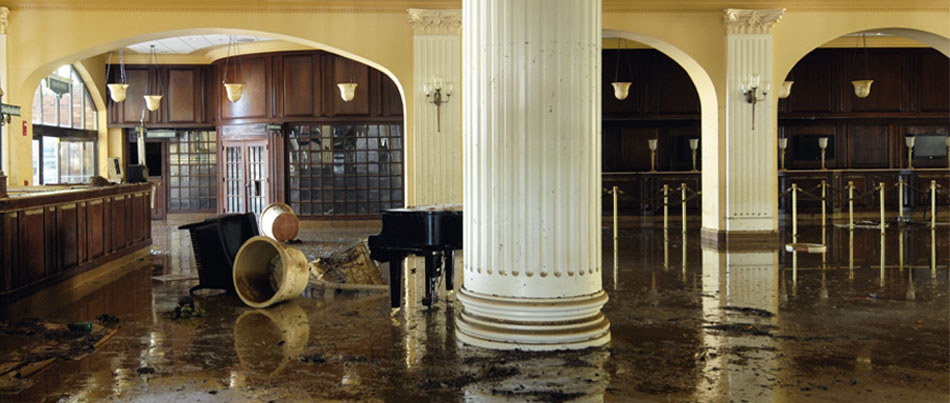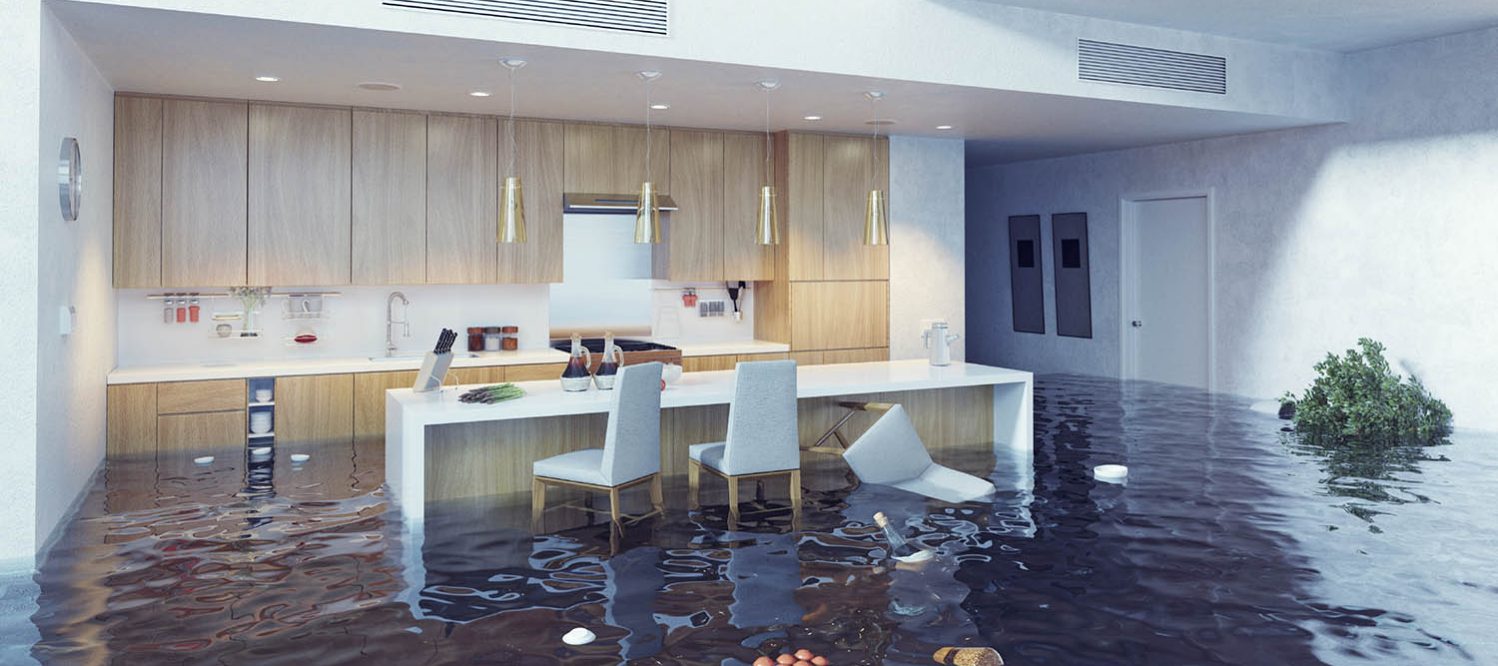Do's & Don'ts of Water Restoration.
Do's & Don'ts of Water Restoration.
Blog Article
On this page down the page yow will discover lots of outstanding details with regards to Safety Tips To Prevent Fire And Water Damage.

Though water gives life, water invasion on components where it's not expected to be can cause damage. If the water saturates right into your structure, it can peel away surfaces and also deteriorate the foundation. Mold and mildew and also mildew also flourish in a moist atmosphere, which can be harmful for your wellness. Residences with water damages scent old and also stuffy.
Water can originate from numerous sources such as typhoons, floodings, ruptured pipes, leaks, and also drain issues. In case you experience water damages, it would be good to understand some security preventative measures. Right here are a few standards on how to manage water damages.
Do Prioritize Home Insurance Protection
Water damages from flood as a result of heavy winds is seasonal. You can additionally experience a sudden flood when a malfunctioning pipeline all of a sudden ruptures right into your home. It would certainly be best to have home insurance coverage that covers both disasters such as natural disasters, and also emergency situations like broken plumbing.
Don't Forget to Shut Off Utilities
This reduces off power to your whole home, preventing electric shocks when water comes in as it is a conductor. Do not fail to remember to transform off the main water line valve.
Do Keep Proactive and Heed Weather Condition Alerts
Listen to discharge warnings if you live near a river, creek, or lake . Doing so decreases possible residential property damage.
Do Not Overlook the Roof
Before the climate turns shocking, ensure you have a roofing assessment. It would certainly be prudent to get this solution each year as it can minimize intricate issues. If there are no openings and leaks in your roofing system, you can prevent rainfall damages. Your roofer will also look after malfunctioning rain gutters or any other indications of weakening. This will avoid water from streaming down your walls and saturating your ceiling.
Do Take Note Of Small Leakages
A burst pipeline doesn't happen over night. Typically, there are warnings that suggest you have deteriorated pipes in your home. You may observe gurgling paint, peeling wallpaper, water touches, water discolorations, or dripping noises behind the wall surfaces. Eventually, this pipeline will rupture. Preferably, you need to not wait for things to intensify. Have your plumbing fixed prior to it results in enormous damages.
Don't Panic in Case of a Burst Pipeline
When it comes to water damage, timing is essential. Therefore, if a pipe bursts in your house, promptly closed off your primary water valve to reduce off the resource. Call a credible water damage remediation specialist for aid.
Water provides life, water intrusion on components where it's not meant to be can result in damage. Residences with water damage scent moldy and old.
Water damages from flood fees to hefty winds is seasonal. You may see bubbling paint, peeling off wallpaper, water streaks, water spots, or dripping noises behind the wall surfaces. When it comes to water damage, timing is crucial.
Some Do's & Don't When Dealing with a Water Damage
DO:
Make sure the water source has been eliminated. Contact a plumber if needed. Turn off circuit breakers supplying electricity to wet areas and unplug any electronics that are on wet carpet or surfaces Remove small furniture items Remove as much excess water as possible by mopping or blotting; Use WHITE towels to blot wet carpeting Wipe water from wooden furniture after removing anything on it Remove and prop up wet upholstery cushions for even drying (check for any bleeding) Pin up curtains or furniture skirts if needed Place aluminum foil, saucers or wood blocks between furniture legs and wet carpet Turn on air conditioning for maximum drying in winter and open windows in the summer Open any drawers and cabinets affected for complete drying but do not force them open Remove any valuable art objects or paintings to a safe, dry place Open any suitcases or luggage that may have been affected to dry, preferably in sunlight Hang any fur or leather goods to dry at room temperature Punch small holes in sagging ceilings to relieve trapped water (don't forget to place pans beneath!); however, if the ceiling is sagging extremely low, stay out of the room and we'll take care of it DO NOT:
Leave wet fabrics in place; dry them as soon as possible Leave books, magazines or any other colored items on wet carpets or floor Use your household vacuum to remove water Use TV's or other electronics/appliances while standing on wet carpets or floors; especially not on wet concrete floors Turn on ceiling fixtures if the ceiling is wet Turn your heat up, unless instructed otherwise

Hopefully you liked our post on Ways to Reduce The Risk Of Fire And Water Damage. Thank you for finding the time to read our blog. Do you know about somebody who is sincerely interested in the subject? Do not hesitate to share it. Thanks so much for going through it.
Report this page